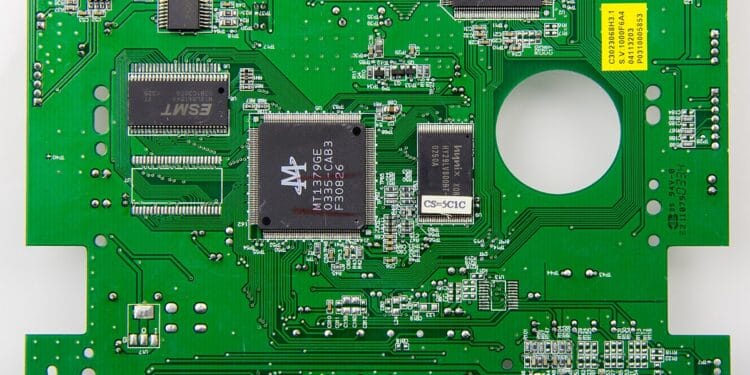In today’s world of technology, PCBA — printed circuit board assembly — plays a vital role in bringing electronic designs to life. Without PCBA, even the most advanced printed circuit board (PCB) is just a platform without function. In this article, we will explore what PCBA is, how it is manufactured, its applications, and how to ensure high-quality assembly for your products.
What is PCBA?
PCBA stands for printed circuit board assembly. It refers to a PCB that has been assembled with all required electronic components soldered onto it. The PCBA is a complete, functional unit that powers electronic devices by ensuring that electrical connections between components work as intended.
Unlike a bare PCB, which is just a board with copper traces, a PCBA includes components such as resistors, capacitors, microchips, connectors, and more — everything needed for the circuit to operate.
The PCBA Manufacturing Process
The process of creating a PCBA involves several key steps:
- Solder paste printing
Solder paste is applied to the areas where components will be mounted, using a stencil printer. - Component placement
Automated pick-and-place machines position components onto the solder-pasted areas with high precision. - Soldering
- Surface mount components are soldered using reflow ovens.
- Through-hole components are soldered via wave soldering or selective soldering.
- Inspection and testing
The assembly undergoes quality checks including automated optical inspection (AOI), X-ray inspection for hidden joints (such as BGA), and functional tests to verify operation. - Cleaning and protective coating (if required)
Boards may be cleaned of flux residue and coated to protect against moisture, dust, and chemicals.
Types of PCBA Technology
PCBA can involve different assembly methods depending on design requirements:
- Surface Mount Technology (SMT)
Components are mounted directly onto the board surface. SMT allows for compact, high-density designs and is widely used in modern electronics. - Through-Hole Technology (THT)
Components with leads are inserted through holes in the PCB and soldered underneath. THT is ideal for applications requiring strong mechanical connections. - Mixed Technology
Many complex boards use both SMT and THT to combine the advantages of both methods.
The Importance of High-Quality PCBA
PCBA quality has a direct impact on:
- The performance and reliability of electronic devices
- The safety of critical systems (such as medical and automotive electronics)
- Compliance with industry standards (e.g., IPC-A-610, ISO 9001, IATF 16949)
Common assembly defects — such as cold solder joints, component misalignment, and solder bridges — can lead to device failures, increased warranty costs, and damage to brand reputation.
Applications of PCBA
PCBA is used in nearly all electronic products, including:
- Smartphones and computers
- Automotive control systems and sensors
- Medical devices and instruments
- Industrial machinery and automation systems
- Communication and networking equipment
- Consumer electronics and home appliances
- IoT devices and wearables
How to Choose the Right PCBA Manufacturer
When selecting a PCBA partner, it’s important to look for:
- Experience with your product type — Ensure the supplier can handle your design’s complexity.
- Component sourcing quality — Original, traceable components are critical for reliability.
- Certifications and standards — Look for manufacturers with ISO, IPC, or industry-specific certifications.
- Testing and inspection capabilities — Comprehensive testing reduces risk of defects.
- Production flexibility — Choose a manufacturer that can support both small batches and high-volume production.
Conclusion
PCBA is the essential process that brings your electronic designs to life. By understanding how PCBA works and selecting the right manufacturing partner, you can ensure that your products meet the highest standards of quality, performance, and reliability. From prototypes to large-scale production, PCBA is the key to success in electronics manufacturing.



























